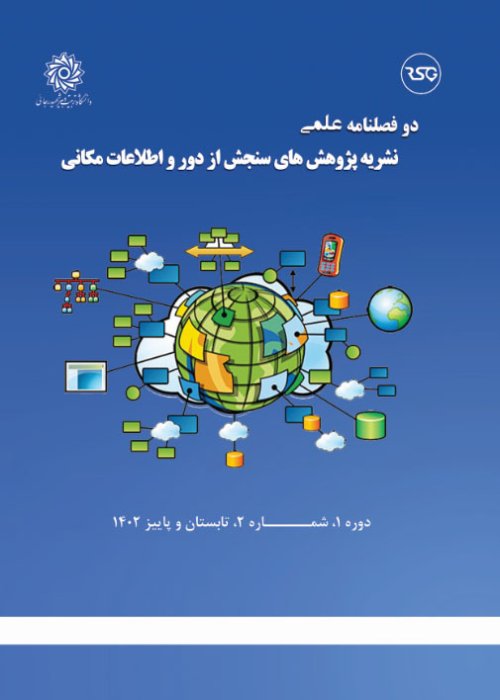Performance Evaluation of CubeSats for Remote Sensing Missions: A Review
Remote sensing includes collecting information about the physical, chemical and biological characteristics of targets on the surface of the earth. In the last decade, Cube Satellites (CubeSats) have been transformed from pure educational tools to standard and inexpensive platforms for technology demonstration and placement of scientific-research payloads in Earth's orbit. Cubesat is a type of Nanosatellite consisting of cube-shaped units measuring 10×10×10 cm3 and weighing around 1.300 kg. The use of Nanotechnology for miniaturization of space-quality electronic components, cost and time reduction for the development of technologies related to the construction of satellite bus, and the possibility of placing a constellation of Cubesats in orbit with only one launch are among the advantages that companies and It has encouraged space organizations to design and build such satellites.
In this study, the technical characteristics, capabilities, applications and limitations of Cubesats for earth observation missions are reviewed, so that by evaluating these missions, a clear perspective can be imagined for the future of remote sensing applications for our country. In the beginning, a report on the development and new missions of spacecrafts of space organizations, universities and private companies is presented. After a comprehensive review on the capabilities of the Cubesats base and its potential limitations and effects on earth observation missions, the applications of the Cubesats are discussed. Finally, the results are compared with the technical requirements of earth observation missions and the capability of Cubesats satellites to perform these missions is evaluated. Thus, the possibility of carrying out several earth observation missions by Cubesats satellites has been identified, which are potentially compatible with the capabilities of this type of satellites.
Cubesats constellation transfer a large volume of satellite images to the ground stations, which produce remote sensing big data and therefore requires the use of artificial intelligence to calculate, process and store them. Low price, small dimensions, manufacturing and development cycle in a short time and reducing the revisit time are one of the most important advantages of Cubesats, which have enabled the monitoring of natural hazards and continuous monitoring of the environment. In addition to the simple architecture and the reduction of the development and launch costs of spacecraft, the need for less investment has made it possible for private companies and universities to participate in space missions. Unlike to the strengths of the Earth observation satellite constellations, we can mention the low radiometric resolution, the reduction of the signal-to-noise ratio and, as a result, the reduction of image quality in non-solar orbits, low spectral resolution and dependence on satellite and UVA images pointed out as their current weaknesses.
Real-time monitoring of natural disasters, forest fires, and flood mapping is one of the main applications of Cubesats images, which is possible due to high temporal resolution of Cubesats constellations. Also, desertification monitoring, drought monitoring, climate change monitoring and investigating its effects on the reduction of natural glaciers, tracking human activities and their environmental and economic effects, investigating light pollution in cities, expanding cities, estimating housing prices and monitoring marginalization in cities are other applications of Cubesats constellations. Currently, Cubesates images are used as a complement to the satellite images to improve the temporal resolution and to monitor specific areas in a specific time of the day and night.
- حق عضویت دریافتی صرف حمایت از نشریات عضو و نگهداری، تکمیل و توسعه مگیران میشود.
- پرداخت حق اشتراک و دانلود مقالات اجازه بازنشر آن در سایر رسانههای چاپی و دیجیتال را به کاربر نمیدهد.


